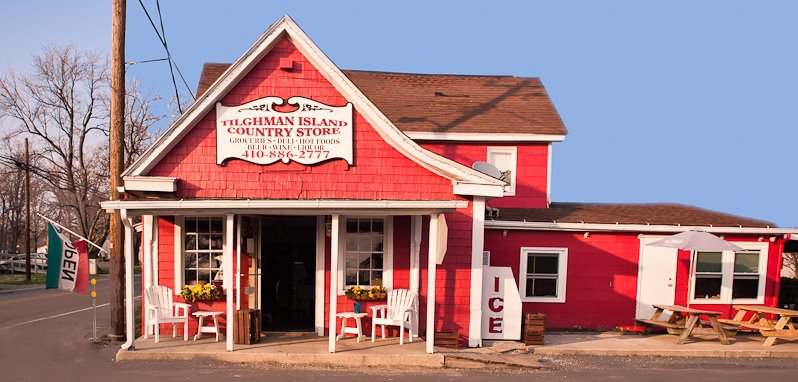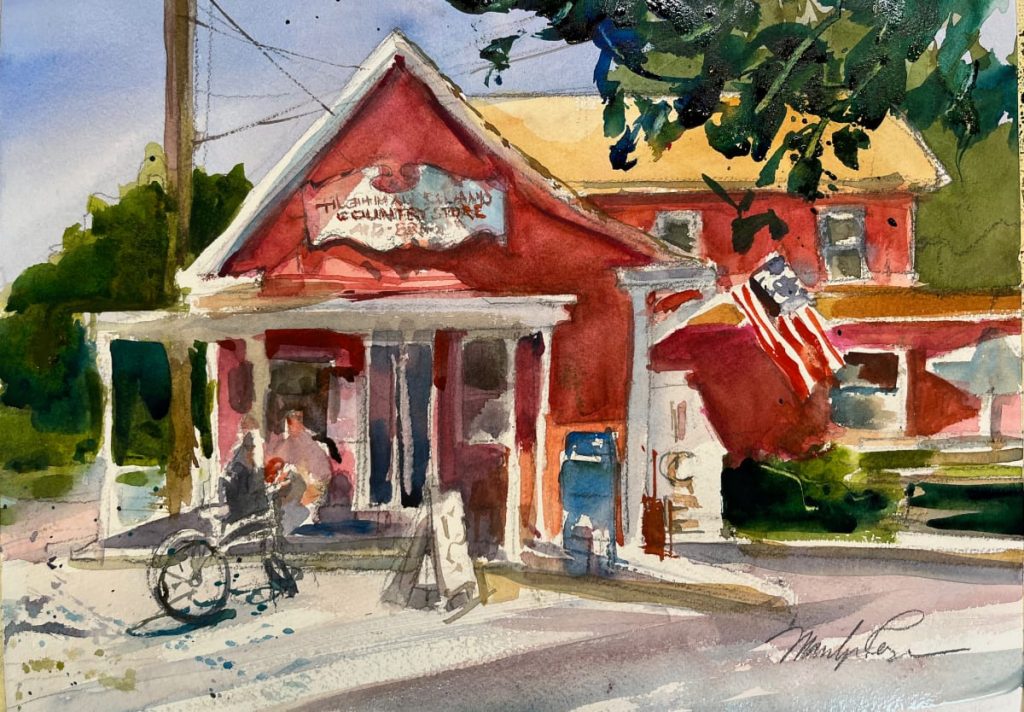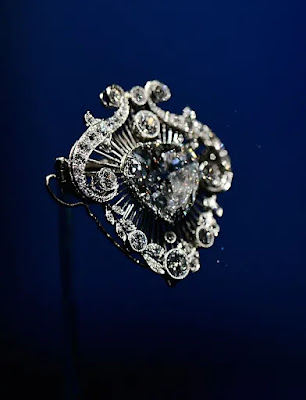From The Easton Gazette:
The incident last week in Carthage, NC was at the property and home of a Special Forces Colonel. He discovered there were trespassers on his property and went to investigate and discovered two men taking photographs of his house with a professional camera that had a telephoto lens. They claimed to be “Utility Workers” but had no ID Badges, no tools or tool belts, and no work van. Plus, these “Utility Workers” barely spoke English and turned out to be Chechens. One of the Chechens tried to attack the Colonel, and he produced his sidearm and shot the attacker in the face. The other Chechen dropped immediately to the ground and surrendered. According to the Spec OPs guys I know, these were Chechen Mercenaries attempting to collect surveillance on the Colonel and his family to obviously extract revenge for American Special Forces killing many Chechen Mercenaries in Afghanistan. They’re here. They’re here as a result of the O’Biden Administration’s intentional opening of the border to destroy the United States as we know it. (Read more.)
Also from The Easton Gazette:
Two Chechens with no personal identification - and who were in no US national databases, otherwise illegal aliens that likely invaded the nation through the southern border, were 'taking photos' - or possibly surveilling - outside the home of an elite US Army special forces colonel near Fort Liberty, formerly Fort Bragg, in North Carolina.Fox News reports the colonel confronted the men, one of which was using a "telephoto lens" and taking "photos of his children" outside his home on the evening of May 3, and that's the moment when an altercation broke out, with the special forces operator shooting and killing one of the Chechens.
The FBI told Fox News, "Our law enforcement partners at the Moore County Sheriff's Office contacted the FBI after a shooting death in Carthage. A special agent met with investigators and provided a linguist to assist with a language barrier for interviews." (Read more.)



































